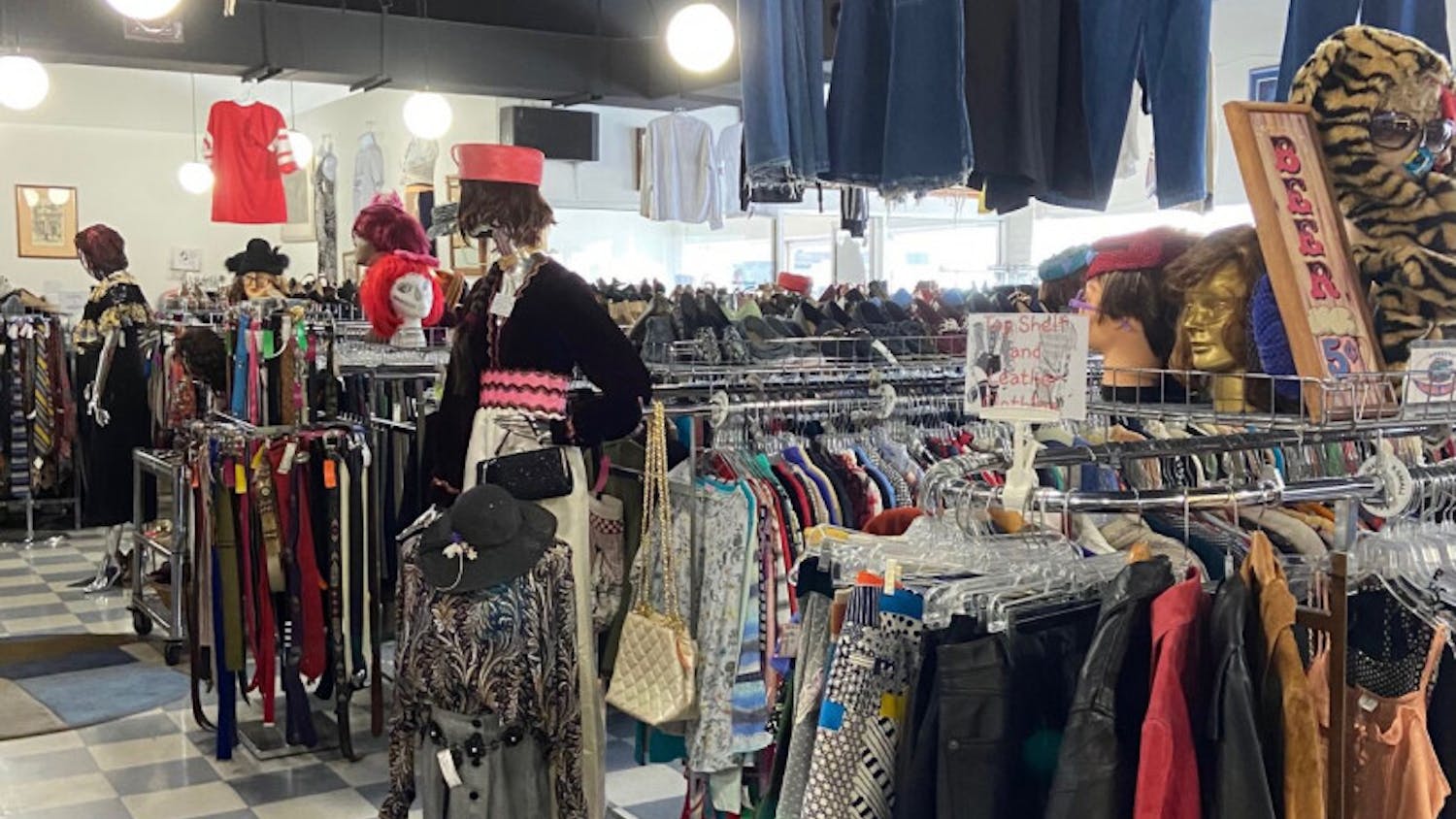This May, H&M has released their first “modest” clothing collection, LTD. It comes just in time for the Muslim month of Ramadan, a holy time for Muslims around the world. H&M has not explicitly stated that cultural diversity is the target of the campaign, but they have said “we want to be diverse and inclusive to all the markets.”
H&M didn’t start this trend. The Modist is another store specifically focused on this style of dress. Brands that are traditionally considered non-modest have recently curated modest collections. These include Dolce & Gabbana, Tommy Hilfiger, Mango and Macy’s. In 2017, London even got their first modest fashion week — sponsored by Modanisa, one of the largest brands in the modest industry. Modest fashion is a quickly growing market around the world and includes women of all ethnicities and religions. Forbes estimated that in 2015, modest fashion purchases were worth $44 billion, approximately 18 percent of the clothing industry.
Modest-blogging influencers are popping up in great numbers all over YouTube and Instagram. Some are unimpressed with H&M’s new attempt at inclusivity. Dina Torkia, a self-proclaimed modest fashion blogger, says “it looks just like regular H&M” and “whenever brands do this, it’s so heavily inspired by Muslim cultures around the world…we can already get that stuff.”
As brands enter this new territory, there are many questions that need to be answered. Because modesty is so subjective, brands are struggling with understanding what “modest” really means. Are modest customers looking for ethnic styles or modern ones? It’s unclear whether modest dressers appreciate brands catering to their needs or if they prefer not to feel further excluded to a small portion of the store.
“We like what’s on the high street, it just needs a few adjustments, like a slightly longer sleeve, or not see-through top” says Torkia.
A quick look at the LTD line suggests a failure on H&M’s part. Many of the pieces have low necklines, are made of revealing material or are not ankle-length. Companies attempting to cater to the modest demographic must consider whether they are truly looking to serve the customer or they are just looking for good publicity. H&M recently had an incident with a black child model wearing an offensive slogan tee that led to public outrage. Positive and intentional representation of diversity is something they need.
Regardless of whether H&M’s line was a success, there is something to be said for the attempt. Fashion is something that so many women enjoy, and they all deserve to be represented in the industry, especially if they are one of the biggest customers. Modest dressers, specifically Muslim women, have demanded the attention of the biggest brands, and that is a win.
Layla Soboh is a UF advertising junior. Her column comes out Tuesday.





